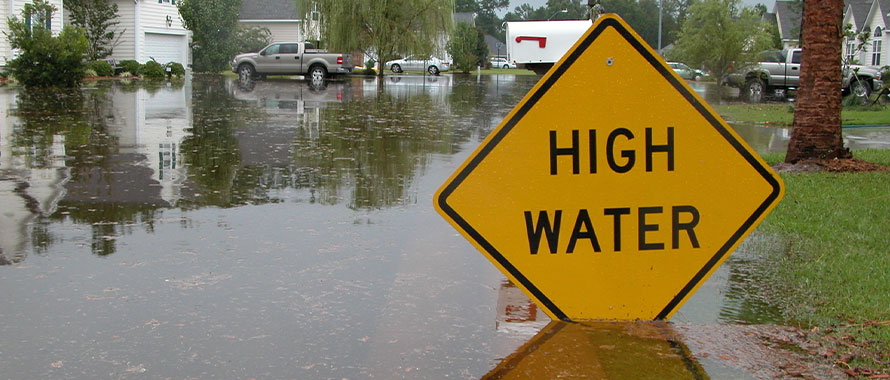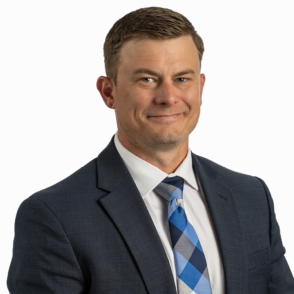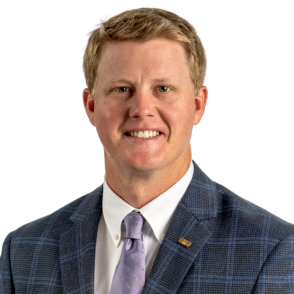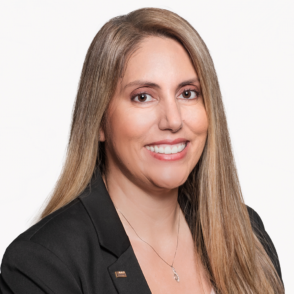As we move into the remainder of 2024, the Flood Insurance market is awash with excess capacity and is seeing stabilized reinsurance rates—based in part on a modest 2023 storm season. This is a different story from this time a year ago when reinsurance rates had increased by up to and more than 50 percent. While rates have largely been flat or lower year-over-year, they are still near historically elevated levels.
Fortunately, carriers see Flood Insurance as an opportunity to diversify their wind-heavy books. It is one reason why capacity remained steady even after Hurricane Ian devastated parts of the Florida coast around Fort Myers Beach in 2022. Flood Insurance allows carriers to spread out premiums and diversify their books of business to grow.
Key Takeaways:
- Capacity is readily available as most carriers look to Flood policies as an option to diversity their risk.
- More accurate and readily available data supports cost competitiveness within the market.
- NFIP still has the biggest share of the Flood market, but private options are increasingly popular because of higher limits and other factors.
- Brokers and agents should promote the value of Flood Insurance given the lack of Flood coverage within most Homeowners’ policies.
- Added coverage, more options and competitive prices are available with the help of Burns & Wilcox’s market knowledge and carrier relationships.
An additional reason for carrier confidence in the sector is the amount of available, accurate data to predict flood risks. Numerous vendors can provide increasingly reliable data through public and private sources. Accurate data can lead to affordable rates.
The National Flood Insurance Program (NFIP) remains the largest provider of Flood insurance in the market today, however, there are two trends that are partially altering the organization’s market share:
1. NFIP coverage often does not make insureds whole.
According to data from FRED, a database maintained by the Federal Reserve Bank of St. Louis, the median price of houses sold in the U.S. in the second quarter of 2023 was $390,500. That is $140,000 short of maximum coverage offered by the agency. Additionally, around 40 percent of Flood claims are coming from properties that are not located in high-risk flood zones.
2. The private market is chipping away at NFIP’s market share in the Flood space.
One reason is that available coverage in the private market is often more comprehensive. Private carriers are usually willing to broaden coverage, as well as provide additional coverage limits to better insure the flood risk that exists.
Establishing the value of Flood coverage
In addition to the private market having more access to Flood policies, the excess market’s influence in the space is increasing. There are various reasons for this, but the sheer volume of flooding events, including named storms, has pushed excess options in this direction.
One of the responsibilities of brokers and agents is to confirm and communicate the value that Flood coverage offers in today’s market. One way to do that is to identify examples where geographic areas that traditionally sit outside of flood zones have experienced major, unexpected flooding events.
University of Pennsylvania professor and climate expert Michael Mann was quoted in a September 2023 article on Vox.com that, “climate change is leading to anomalous warmth around the planet in general, and warmer ocean waters mean more moisture in the atmosphere that is available to produce flooding rains.” As a result, insureds should consider securing more coverage than NFIP provides.
Many consumers also fail to realize that their Homeowners’ policy does not include comprehensive Flood coverage. This is an important point because according to FEMA, homeowners are five times more likely to experience a flood than a fire in their home over the next 30 years even if they live in an area with low or moderate flood risk.
Burns & Wilcox takes a proactive approach with underwriters by offering multiple solutions even for higher risk areas like North Carolina’s Outer Banks or Charleston, South Carolina. Burns & Wilcox can also quote multiple lines of business based on our strong rate and carrier relationships, providing quotes for multiple lines of business.
Burns & Wilcox also:
- Can offer an Excess Flood option, with a broad risk appetite and little information required to quote.
- Is intentional in our efforts to secure quotes and coverage, with special attention paid to certain considerations like price per square foot, the role of erosion and impact of inflation.
- Has experience in the industry and access to a significant amount of quality data needed to make informed decisions.
- Can provide added coverage, such as loss of use, which may not otherwise be available. Insureds benefit from loss of use if a flood causes them to be displaced for an extended time period, which often times, is 6 months or longer in a claims scenario.
- Offers a unique technology-driven solution for Primary and Excess Flood for residential dwellings and commercial buildings – Hiscox FloodPlus. See Tips for Brokers & Agents for more details.
The California story
The state of California historically gets less rain than many other parts of the U.S. Yet that changed dramatically in 2023 when parts of the state experienced uncommon tropical storm activity that set new precipitation records and caused widespread local flooding, according to the California Department of Water Resources. Despite that, Flood Insurance remains available in California even as home values have risen, and wildfires continue to threaten many communities. Some studies have suggested there is a connection between wildfires and floods as well, as wildfires can make floods more significant because of the removal of brush and deterrents to water flow.
Yet in California, Flood Insurance remains a way for brokers and agents to strengthen and reinforce existing relationships and for carriers to moderate their overall risk. Brokers and agents are advised to still offer Flood policies in areas where Homeowners policies are not available because it helps to keep the lines of communication open with insureds to discuss their future insurance needs.
The changing nature of Flood insurance
Flood insurance has generally been categorized into two areas, outside of the NFIP space. The first is a more traditional approach that is focused on relative elevation and flood maps to determine the risk involved. While this approach is well known and understood, it may not provide the adequacy needed, and often misses other factors that could impact risk evaluation, such as changes in climate, adjacent community development, and dated flood plain maps.
The other approach is API or automation driven, which can be easy to quote and innovative in design but cannot always overcome some of the technology pitfalls that exist. This can potentially cause volatility in subsequent renewal terms and an inconsistent experience for the client. Burns & Wilcox serves as a hybrid of the two. We closely evaluate risk through available data and modeling processes to appropriately align the needs of the insured with the appropriate solution long term. Our Flood professionals can provide transparency on exposure and pricing, while helping to maintain a level of cost stability and coverage inclusion. In short, we provide a reliable buttress of consistency within the private Flood market.
Tips for Brokers
- Make your clients aware of their exposure. Flood risk remains the largest underinsured and uninsured peril for property owners in the U.S. You are 30 times more likely to have a flood event over a fire event under a 30-year mortgage. Making your clients aware of their exposure is first and foremost.
- Review potential gaps in their Homeowners policies. Your client’s Homeowners policy may not provide coverage for Flood or Mud Flow, as these are typically excluded. Have the conversation with your clients and offer Flood Insurance alongside their Homeowners policy.
- Close insurance gaps with FloodPlus. In addition to exclusive Flood Insurance programs throughout the country, Burns & Wilcox clients have access to Hiscox FloodPlus – a technology-driven Primary and Excess Flood solution for residential dwellings and commercial buildings. Backed by one of the largest Lloyd’s syndicates, FloodPlus leverages a unique Flood API that pairs advanced risk modeling and claims data with the broadest primary flood coverage in the U.S. Burns & Wilcox clients can access FloodPlus through its online portal – IssueQuick.
- Use Flood coverage to stay engaged. Due to market conditions, if you are unable to place your client’s Homeowners coverage today, you can maintain open lines of communication by placing their Flood policy—serving as an organic way to revisit their account and maintain contact with the client.
- Present Private Flood options. With the rising cost of materials and inflation, there is a significant need to secure more coverage than what NFIP can offer. Ensure you are finding the most comprehensive coverage for your clients by presenting Private Flood Insurance options.
- Work with a Wholesaler. Work with Burns & Wilcox and benefit from the collective knowledge of our Flood Practice team to uncover the most viable options for your clients. Our dedicated professionals utilize deep carrier relationships, and extensive technology and modeling to offer risk consultation and recommendations for the most appropriate Flood Insurance coverage.
Final thoughts
Our Flood Practice provides a level of consistency in the market, offering some of the most stable Private Flood options that exist. By working with Burns & Wilcox, brokers and agents benefit from the collective knowledge of our award-winning team, including geographic familiarity, risk modeling expertise, and a broad market awareness and access that can help uncover the most viable and appropriate options. As property values rise and more insureds understand the value of Flood Insurance, the impact of private markets will increasingly be felt.
Contributors: Brad Turner, Vice President, National Product Manager, Flood, Burns & Wilcox; Sylvia Orneals, Associate Vice President, Director, Personal Insurance. Burns & Wilcox; Justin Pressly, Associate Managing Director, North Carolina, Underwriter, Personal Insurance, Burns & Wilcox; Jacob Martin, Associate Vice President, Director, Personal Insurance, Burns & Wilcox
This commentary is intended to provide a general overview of the issues contained herein and is not intended, nor should it be construed, to provide legal or regulatory advice or guidance. If you have questions or issues of a specific nature, you should consult with your own risk, legal, and compliance teams.









